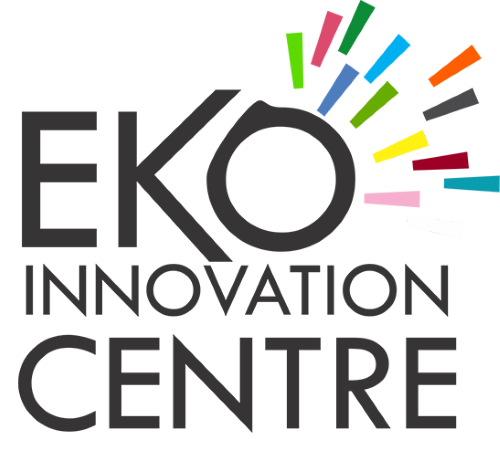The world of innovation thrives on ideas. But how do you protect that brilliant spark and turn it into a successful product? This is where intellectual property (IP) comes in.
Understanding IP vs. IPR
Intellectual property refers to the creations of the mind, including inventions, literary and artistic works, designs, and symbols. In contrast, Intellectual Property Rights (IPR) are the legal rights that grant creators control over their creations. These rights allow you to prevent others from using, copying, or selling your work without permission.
There are four main types of IPRs relevant to inventors and creators: patents, trademarks, copyrights, and designs.
Patents: Protecting Your Invention
A patent grants you a legal monopoly over an invention for a specific period, typically 20 years. This means others cannot make, use, or sell your invention without your permission. However, to qualify for a patent, your invention must be novel (new and not already known), non-obvious (not an obvious improvement over existing inventions), and have industrial application (useful and commercially viable).
Trademarks: Building Brand Recognition
Trademarks are used to identify and distinguish the source of your goods or services. They can be visual symbols, logos, words, phrases, sounds, smells, or even colors. A strong trademark helps consumers recognize your brand and creates brand loyalty.
Copyrights: Safeguarding Original Works
Copyright protects original works of authorship, including literary works (books, articles), artistic works (paintings, sculptures), and creative expressions (music, films). Copyright arises automatically upon creation of the work, without the need for registration. Copyright protects the expression of the idea, not the idea itself.
The Journey from Idea to Patent
The process of bringing your invention to life can be broken down into stages:
1. Ideation and Conceptualization: This is where the initial spark ignites. You brainstorm, refine, develop your concept.
2. Reducing To Practice: You create a prototype or model to demonstrate the feasibility of your invention.
3. Proof Of Concept (POC): You validate your invention’s functionality and market potential.
Once your idea is well-developed, you can move towards securing a patent:
1. Initial Disclosure: Document everything clearly to establish novelty.
2. Novelty Search: Conduct a thorough search to ensure your invention is truly new.
3. Drafting and Filing: Work with patent attorney to draft and file your patent application.
4. Publication and Examination: The patent application is published, and the patent office examines it for compliance with patentability requirements.
5. Grant: If successful, the patent office grants you the patent.
Common Misconceptions about IP
There are several myths surrounding intellectual property:
- Global IP: There’s no such thing as a global patent. You need to file for patents in each country you want protection in.
- Everything is Patentable: Not all ideas qualify for patent. Abstract ideas or discoveries of natural laws cannot be patentable.
- Ideas are Protectable: Ideas themselves are not protectable. However, the expression of that idea through a product or design might be.
Protecting Your Innovation
Here are some crucial things to avoid when navigating the IP landscape:
- Filing in Your Own Name: Assign patent rights to the appropriate entity (business or inventor)
- Going Solo: Consult with a patent attorney for guidance and expertise.
- Ignoring Costs: Budget for filing fees, attorney fees, and potential maintenance costs.
- Public Disclosure: Premature disclosure can jeopardize patentability.
- False Assumptions: Don’t assume your idea is automatically protected.
Conclusion
Protecting your intellectual property is crucial for inventors and creators. By understanding IPRs and developing a sound IP strategy, you can transform your ideas into successful and well-protected innovations. Remember, innovation doesn’t exist in a vacuum. Build upon existing knowledge, but safeguard the unique contributions that make your creation stand out.
